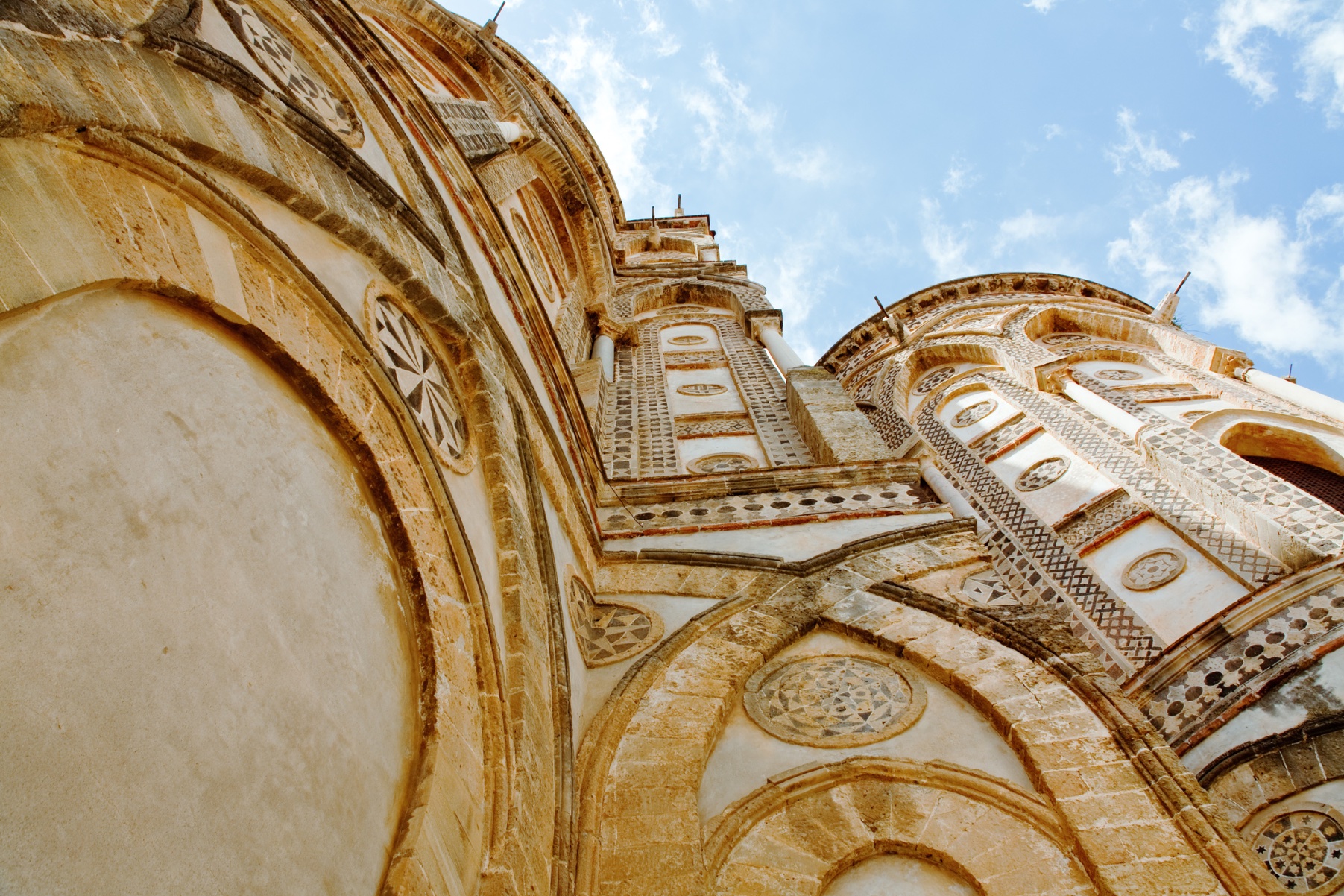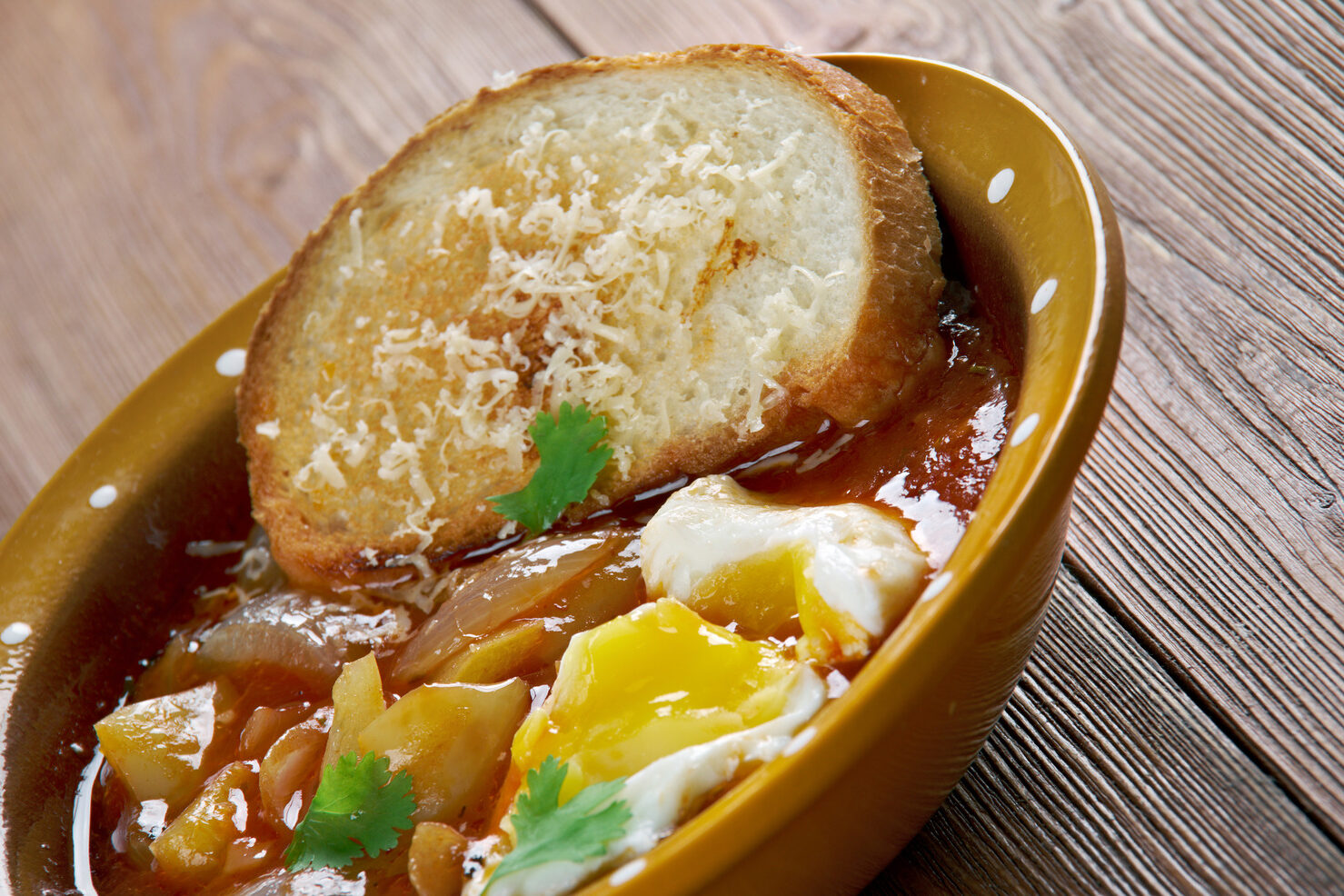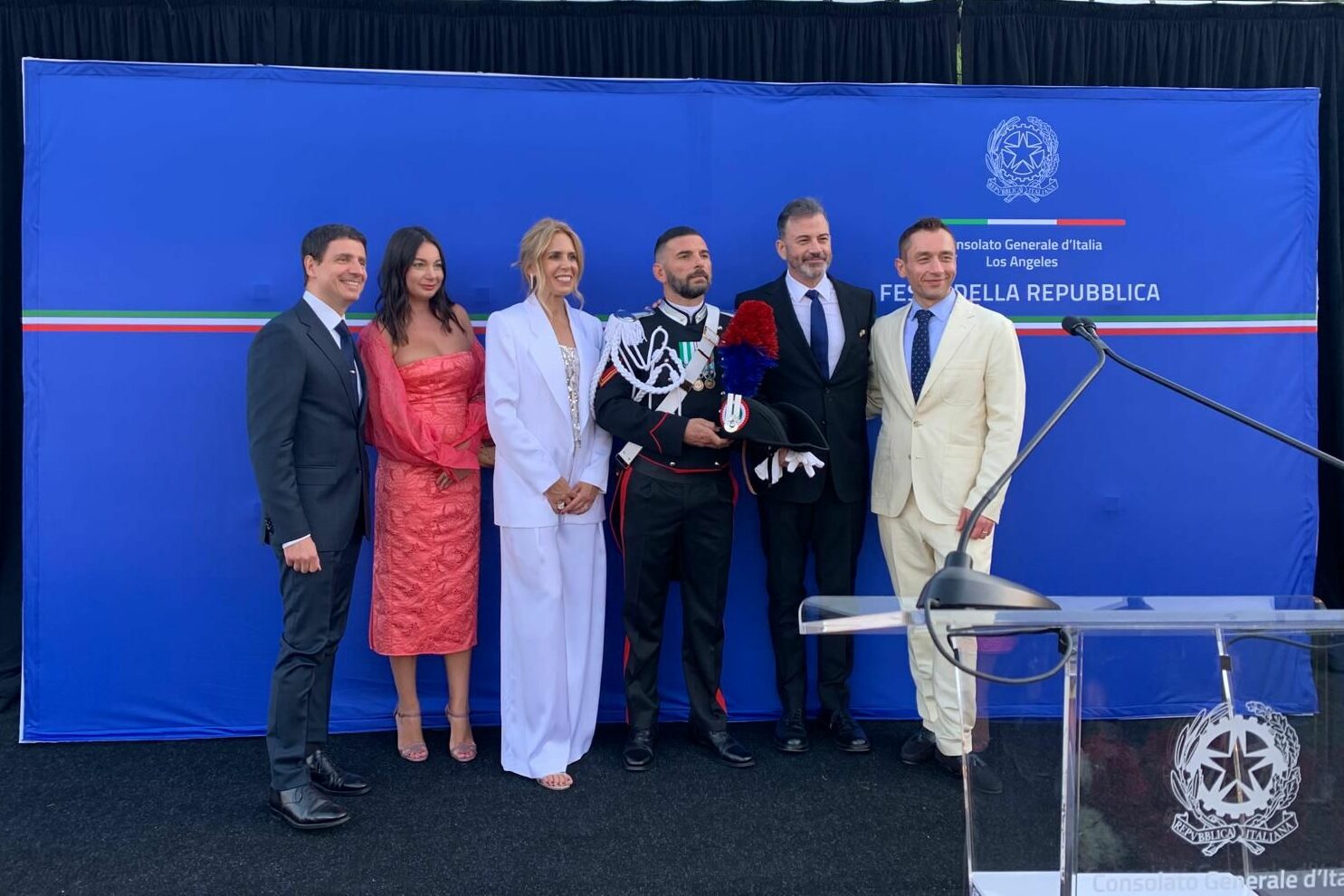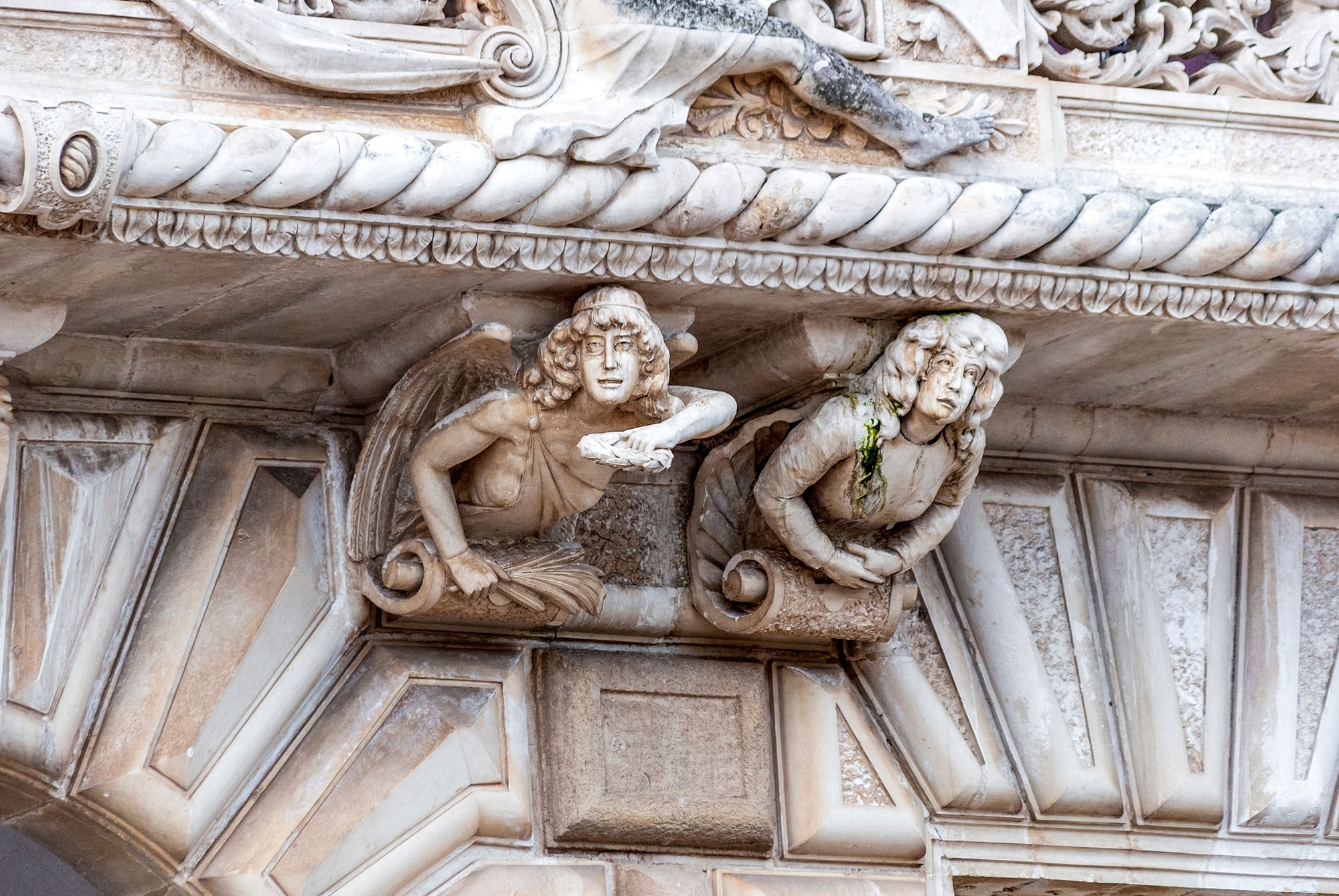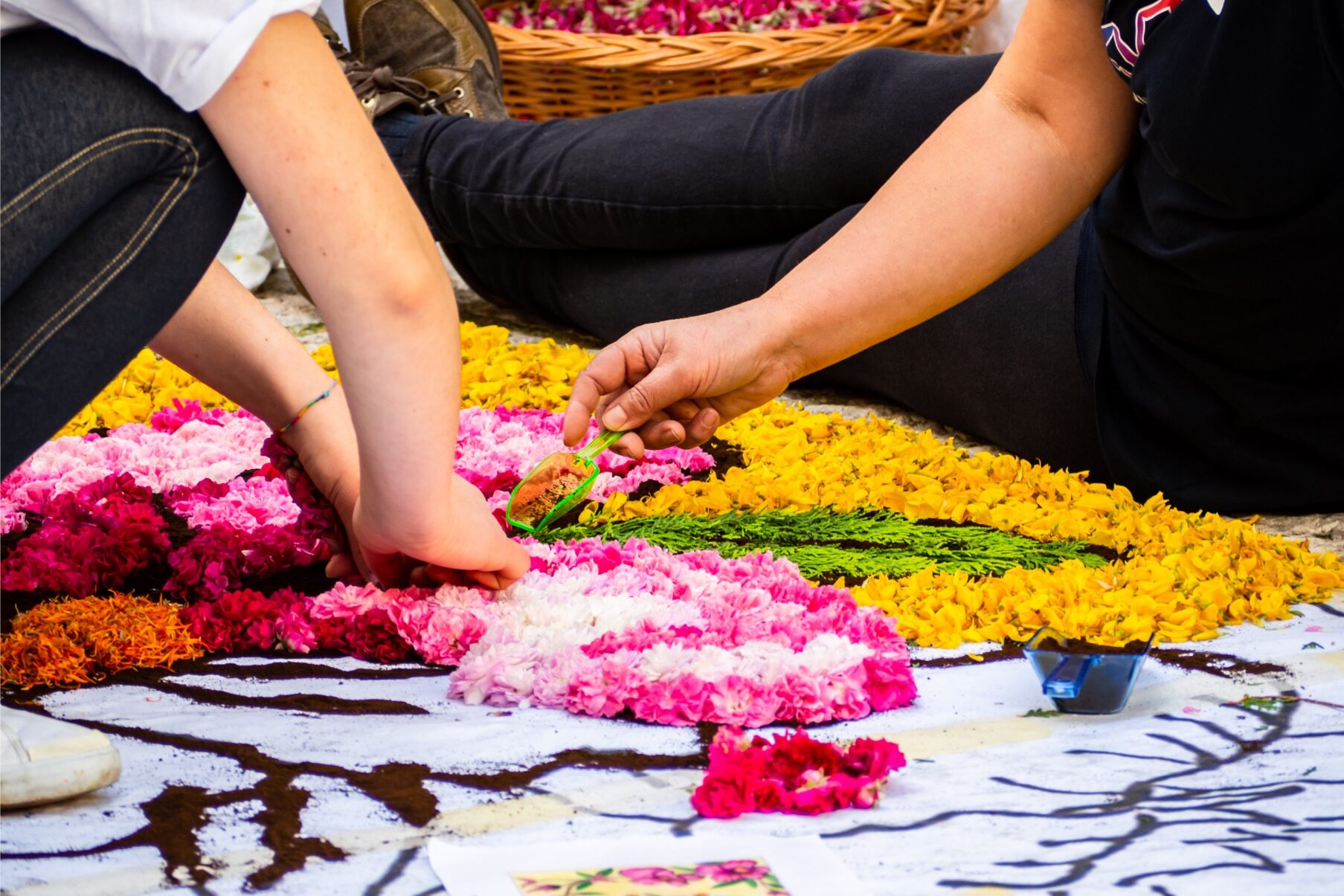Napa Valley accounts for less than 4 percent of America’s total wine production. Yet it’s the country’s best-known wine region.
Napa rocketed to the forefront of American winemaking in 1976, when British wine merchant Steven Spurrier organized a wine competition in Paris to pit California’s best Chardonnay and Cabernet Sauvignon against the best wines France had to offer.
Everyone assumed that France would win. After all, the nation had been making wine for thousands of years and was widely regarded as the world’s top wine region. But with both its whites and reds, California won.
The white wine, produced by Chateau Montelena, came from Calistoga, a city at the north end of Napa Valley. The red, produced by Stag’s Leap Wine Cellars, came from the southern Napa town of Yountville.
The outcome shocked the world. Ten years later, the red wines were re-tasted at the French Culinary Institute. Once again, California came out on top. This time, the Cabernet Sauvignon was produced by Clos Du Val, a winery located down the road from Stag’s Leap.
Ever since, the world has recognized America’s ability to produce world-class wine.
The portion of Napa Valley that stretches from just north of Stag’s Leap Wine Cellars to Clos du Val is now known as the Stag’s Leap District, a one-mile-by-three mile stretch of land that comprises just 1/100th of Napa Valley. The federal government recognized this district as an official American Viticultural Area in 1989.
If it weren’t for this stretch of Napa Valley, America might not have its reputation for producing some of the world’s best wines.
In early October, I spent a week in Stag’s Leap learning about the region, its history, and its wine producers.
Grape growing in Stag’s Leap began in 1878, when Napa Valley was little more than sleepy towns and horse paths. That year, an entrepreneur named Terrill Grigsby built Occidental Winery, the region’s first winery. Fifteen years later, Grigsby was joined by another entrepreneur, Horace Chase, who founded Stags’ Leap Winery.
By 1895, Chase’s winery was producing 40,000 gallons of wine each year. Grape-growing in the region took off. But around the same time, a pest called phylloxera was spreading — and it soon destroyed half the area’s vineyards. Most vines that survived were ripped up during Prohibition, as vintners planted walnut trees and other legal crops.
Grapes returned to the region in 1961, when a gutsy farmer named Nathan Fay planted several acres of Cabernet Sauvignon near the now-shuttered wineries. Fay’s grapes quickly gained a reputation among Napa Valley’s vintners, including Warren Winiarski, an intrepid winemaker who was quickly gaining a reputation as one of the best.
In 1970, Winiarski decided to buy land next to Fay and establish Stag’s Leap Wine Cellars. The rest is history. Today, the Stag’s Leap District is home to 19 highly praised wineries. The wines from the region are unique for two main reasons.
First, there’s the soil. Most of it is coarse and volcanic with good drainage, which is perfect for Cabernet Sauvignon.
Then, there’s the geography. At the southern end of Stag’s Leap, low-lying flatlands extend all the way to San Pablo Bay, an extension of San Francisco Bay. The eastern side of Stag’s Leap is marked by dramatic, cliff-like hills, which serve two purposes. In the mornings, they reflect heat onto the vineyards below, enabling temperatures to rise more quickly than they otherwise would. In the afternoons, they help funnel cool air in from San Pablo Bay, resulting in low nighttime temperatures. These swings help the grapes attain complex flavors and achieve balance.
These factors result in wines that display not just richness and ripeness but vibrant acidity and soft tannins. Especially when young, Cabernet Sauvignon from the Stag’s Leap District is more approachable than other Napa Valley wines.
It’s no wonder that Cabernet Sauvignon from Stag’s Leap District is sometimes described as an “iron fist in a velvet glove.” The wines from this region aren’t cheap — few wines from Napa Valley are — but they’re worth seeking out.
David White, a wine writer, is the founder and editor of Terroirist.com.











